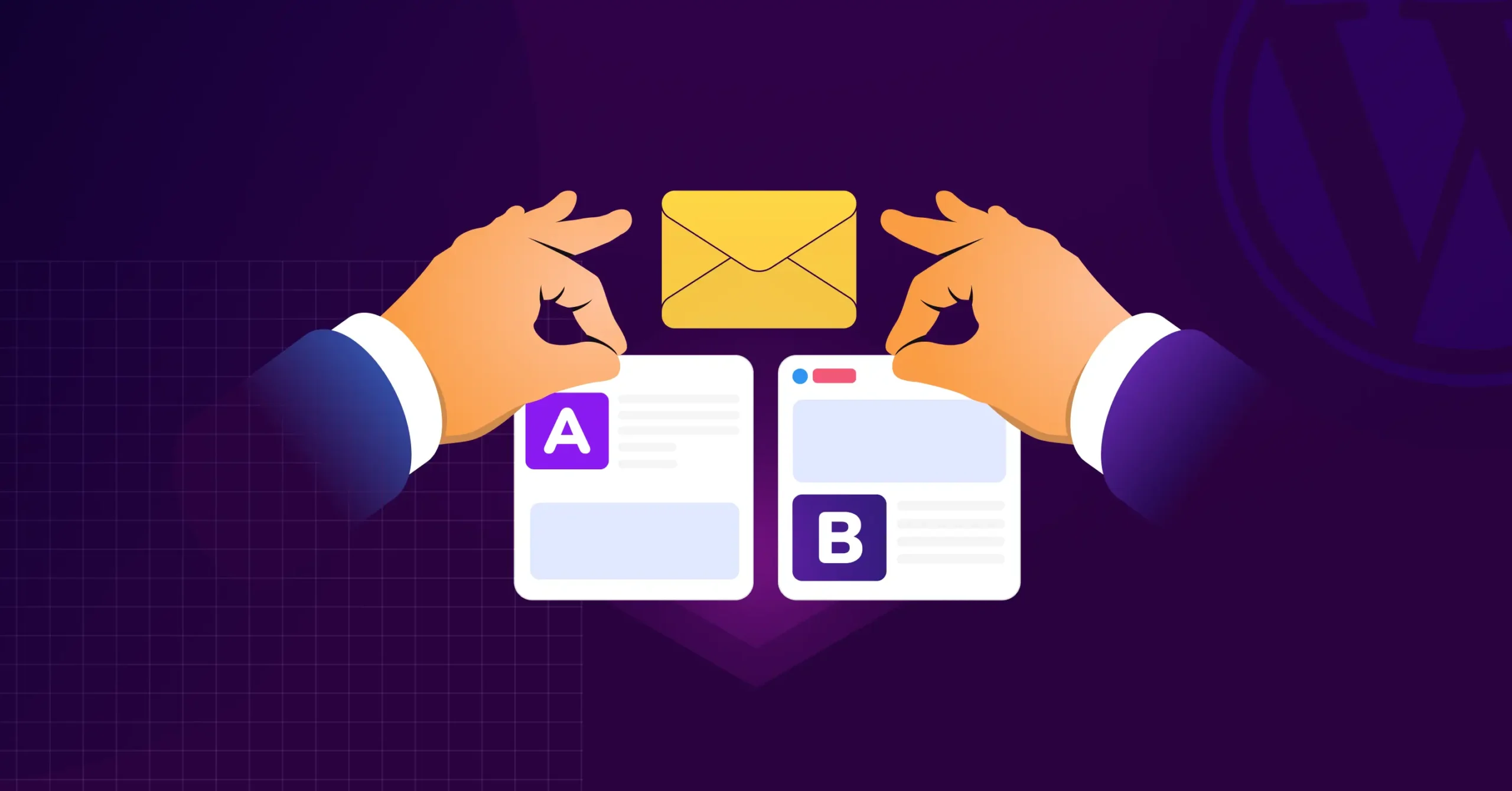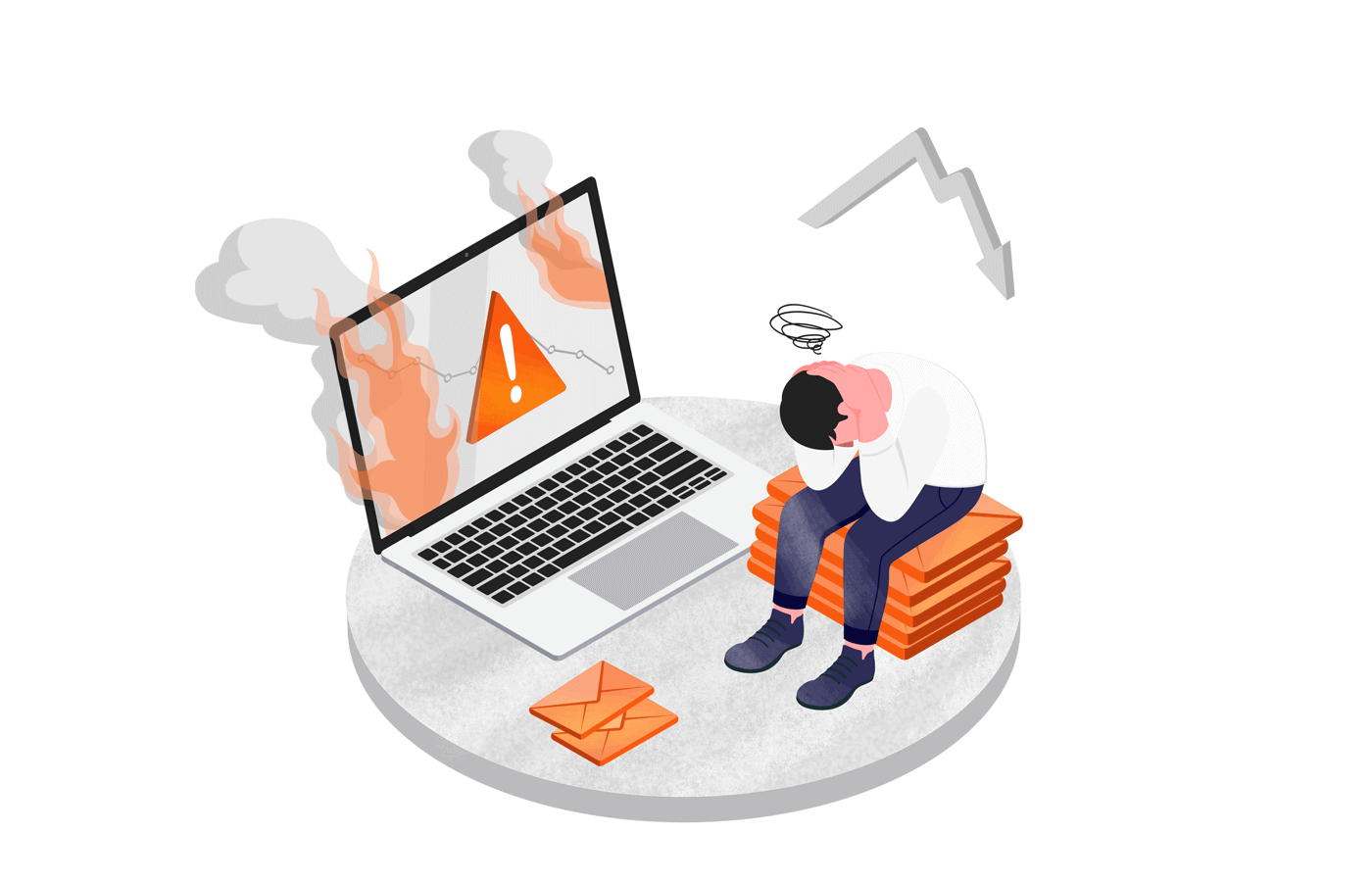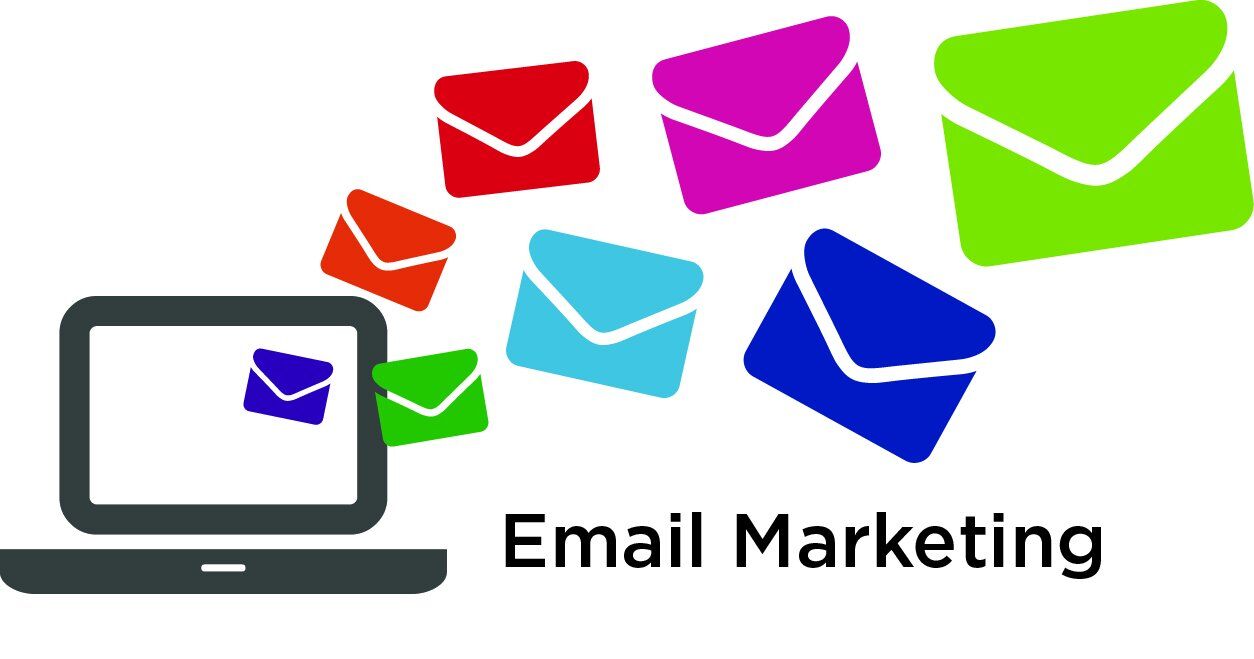As a content writer, I’ve seen polished emails that connect with readers and others that feel like they were stitched together by a tired intern—or by AI.
Tools like ChatGPT, Microsoft Copilot, and Google Gemini can speed up the writing process. But relying on a single prompt to produce copy isn’t copywriting—it’s filler. If you paste AI text straight into your campaigns without edits, you’re not saving time. You’re creating more work later.
Instead, AI should be your starting point, not the finished product.
Why One-Prompt AI Copy Falls Short
Typing a prompt and pasting the result may feel efficient, but it usually backfires. One-prompt AI copy often:
Skips important details that explain your product or service
Uses generic buzzwords that erase your brand personality
Contains inaccuracies, exaggerated claims, or invented data
Fails to address your audience’s specific needs
These flaws weaken your messaging and damage trust.
How Readers Notice Low-Quality AI Content
You might assume your audience won’t detect AI-generated text, but readers sense when something feels off.
Emails that lack authentic tone or clarity cause disengagement. Your recipients may think, “I’ve seen this same language in five other emails.” Over time, they tune out or unsubscribe.
On social media, the impact is even more obvious. Followers will call out robotic captions in the comments, and they won’t be wrong.
How to Recognize AI-Generated Text
AI copy leaves clues. Here are common red flags to watch for:
Over-promising claims with no explanation
Vague benefits without specific outcomes
Repetitive phrases that say the same thing in different ways
Generic filler sentences that add no value
Made-up statistics and fake references
Empty urgency without real incentives
Excessive emojis
Forced alliterations that replace meaning with rhythm
If you spot several of these, your copy likely needs editing.
Using Tools to Check AI Text
Platforms like Copyleaks, GPTZero, and Originality.ai can help you analyze text. These tools score content for AI patterns and flag suspect sections.
While no tool is perfect, combining them with your judgment is the best way to catch and fix low-quality copy.
Example of Weak AI Email Copy
Consider this AI-generated email promoting a platform:
The text is full of vague buzzwords like revolutionary and innovative but provides no clear benefits. Claims such as “Join thousands of happy users” lack proof, and the tone sounds identical to countless other SaaS emails.
If you used this version as-is, you’d save a few minutes but risk losing credibility.
Why You Still Need to Edit or Write It Yourself
AI can help you brainstorm and draft, but it can’t replace your knowledge of your product, audience, and brand voice.
When you rely on AI alone, you often spend more time rewriting than you would have spent writing from scratch.
To make AI-generated copy usable, you must:
Fix vague statements
Verify statistics and claims
Replace filler with specific details
Adapt tone and language to match your brand
If you find yourself editing every sentence, it may be faster to write it yourself.
How to Use AI to Enhance Your Writing
Treat AI as an assistant that helps you get started, not as an automatic solution.
Here are effective ways to use AI productively:
Brainstorm blog titles, hooks, and topic variations
Generate SEO keywords, meta descriptions, and related questions
Request multiple content angles to overcome writer’s block
Use AI image tools to visualize campaigns alongside copy
Platforms like Moosend have integrated AI writing tools to streamline ideation and editing without leaving the editor.




